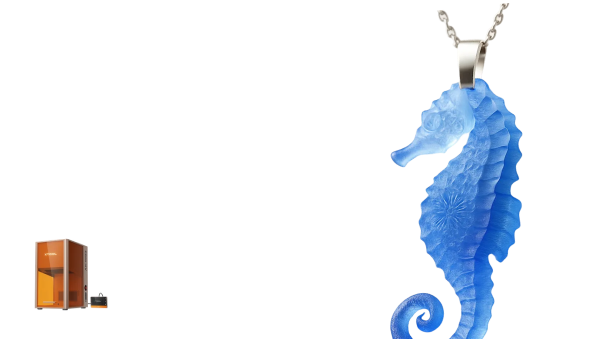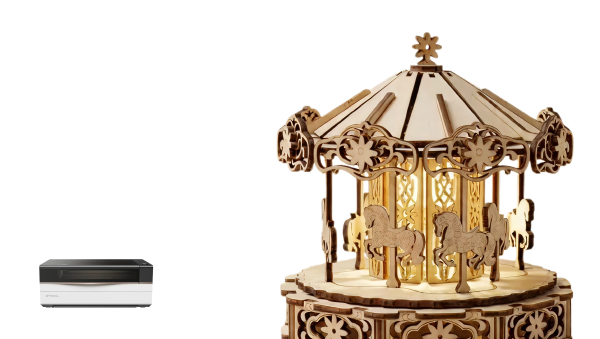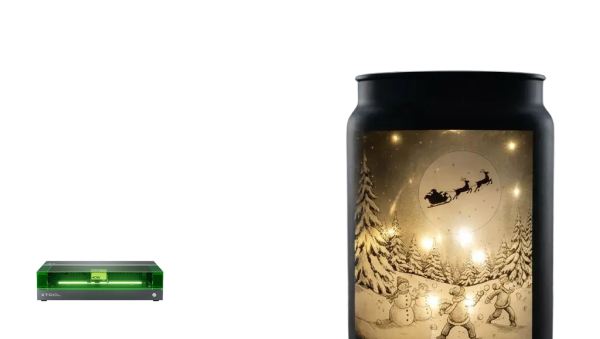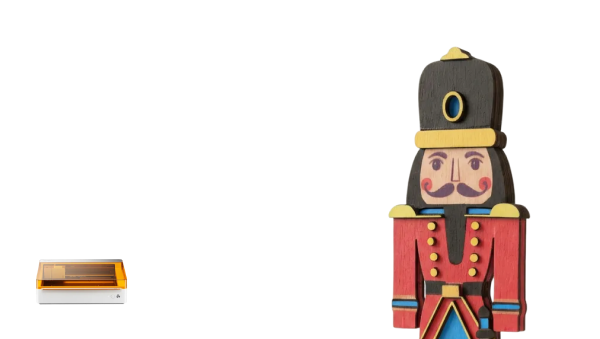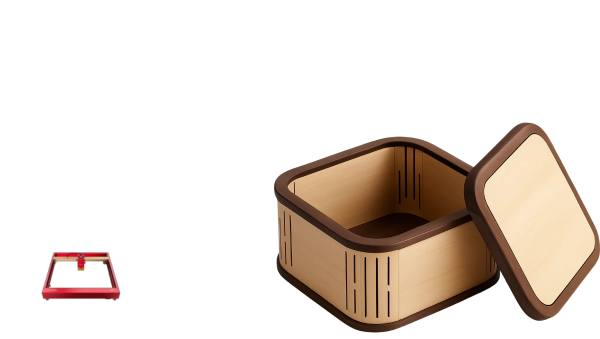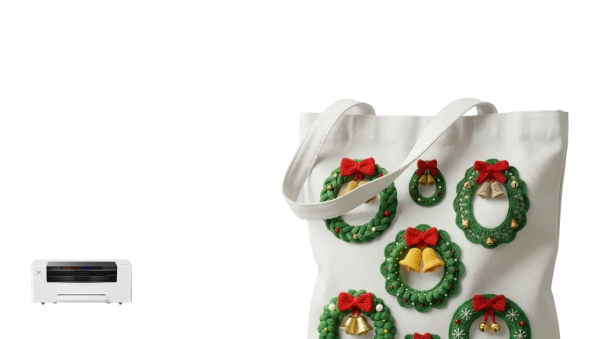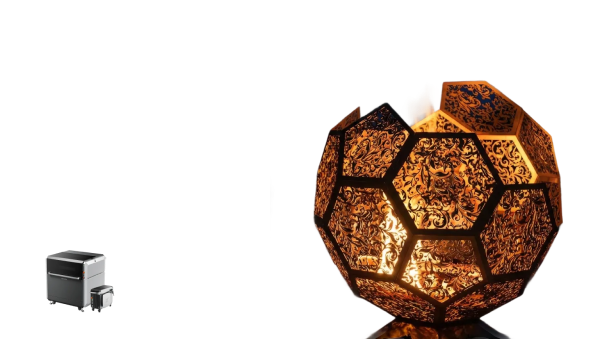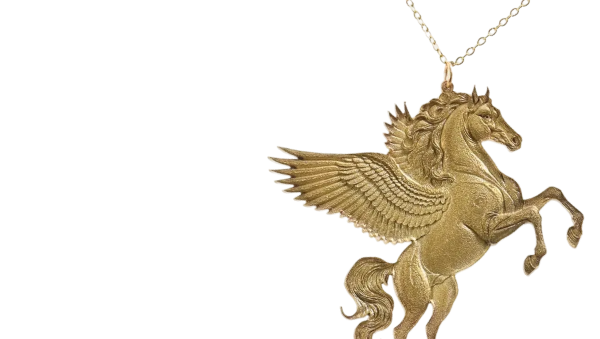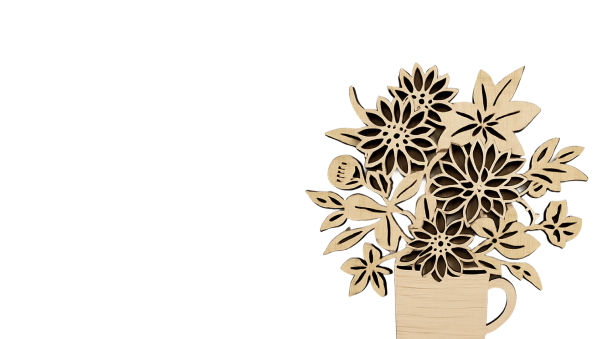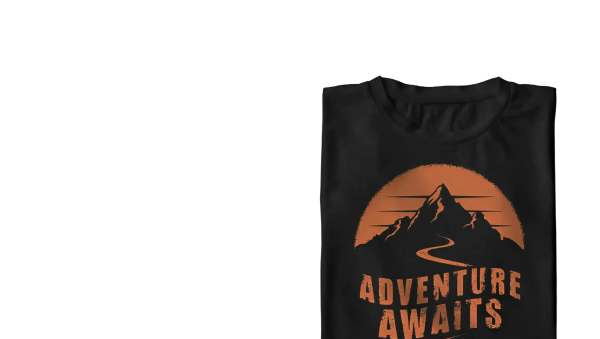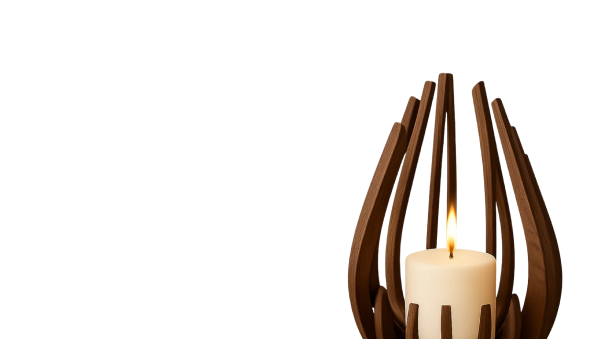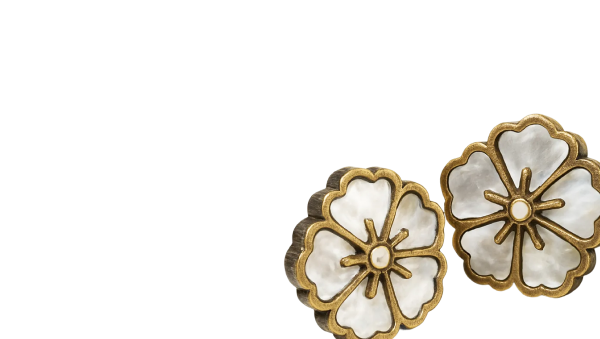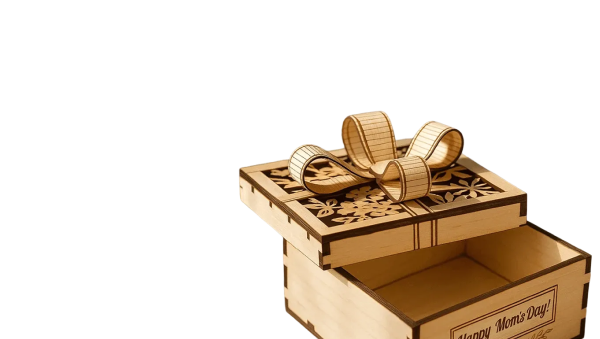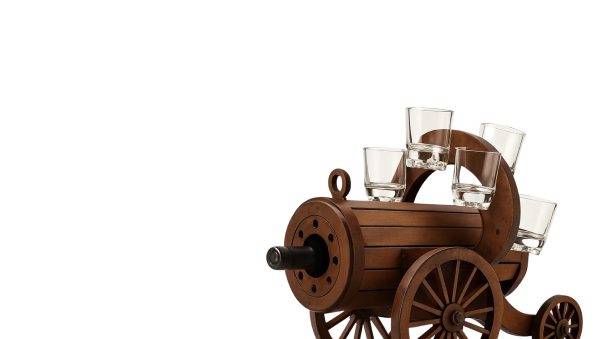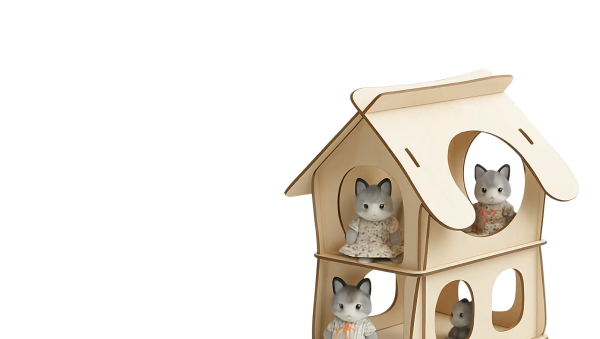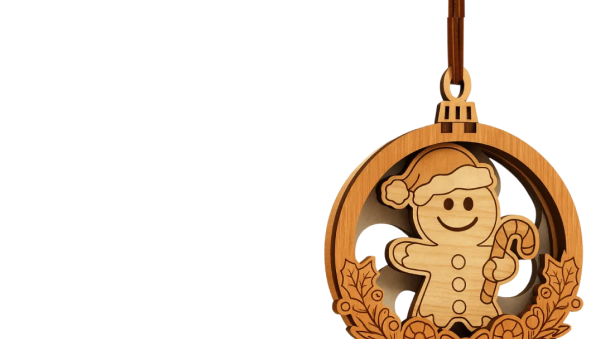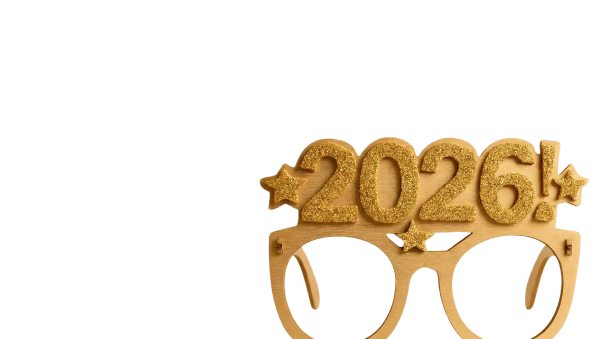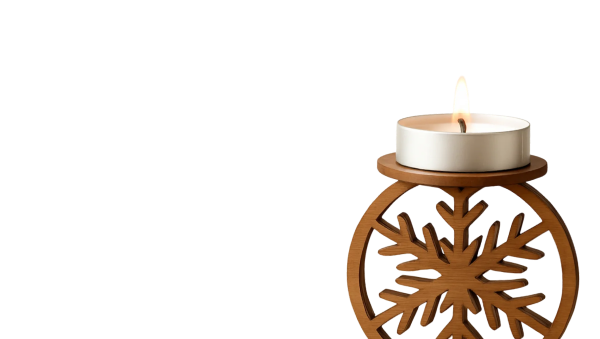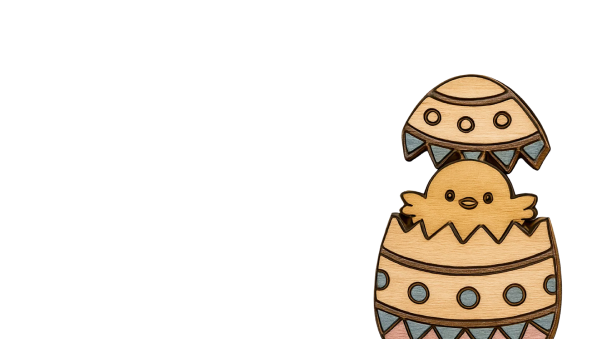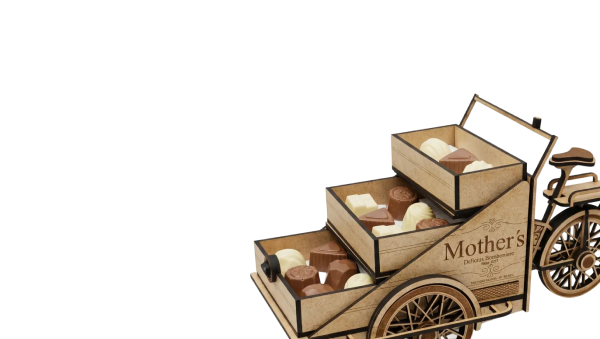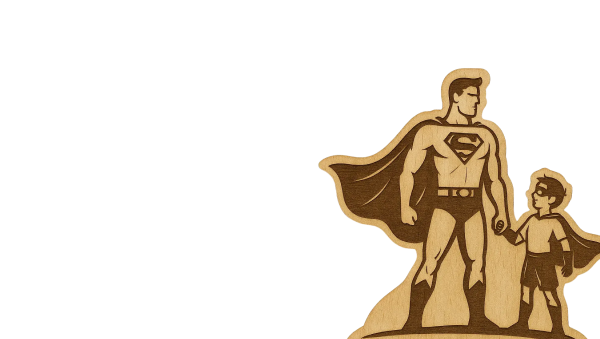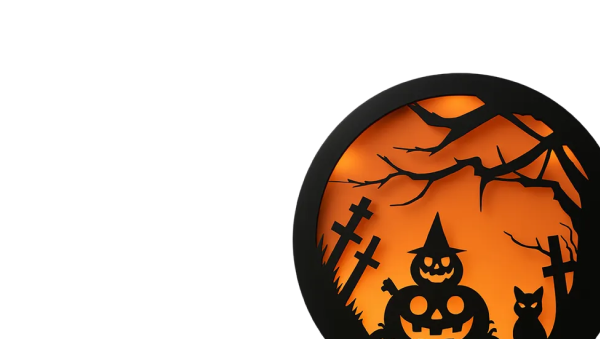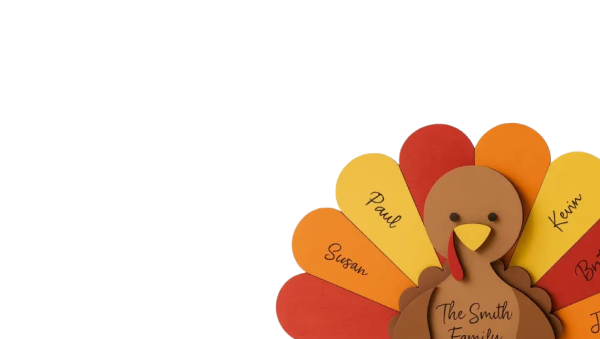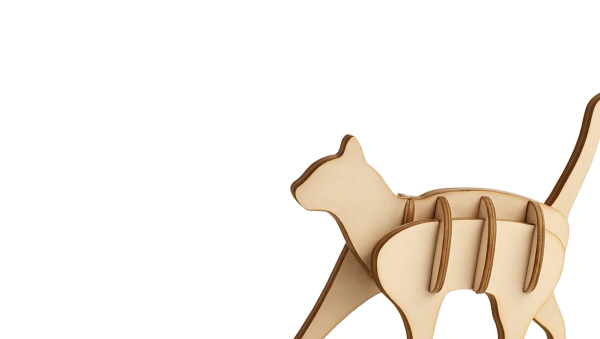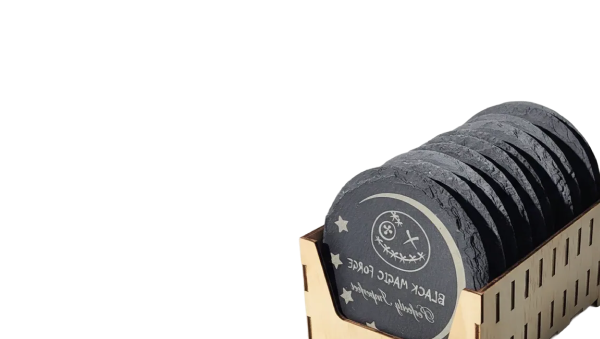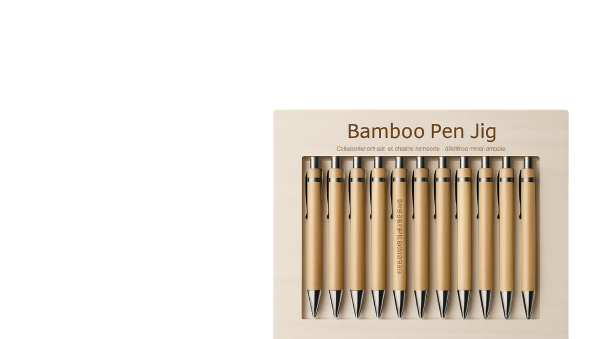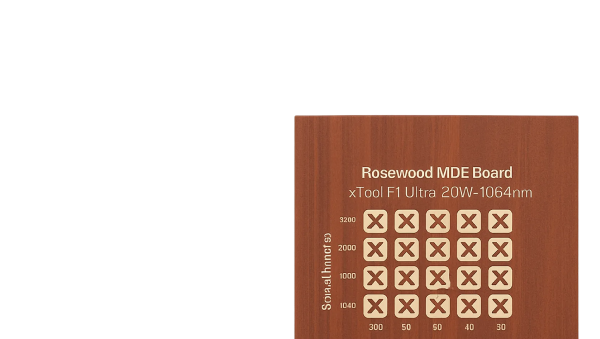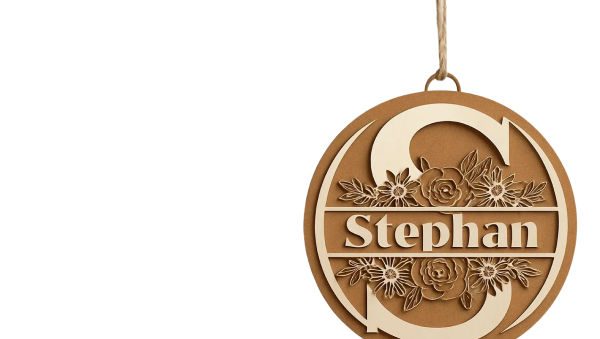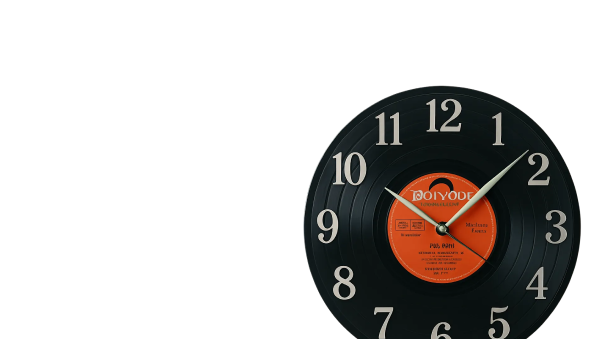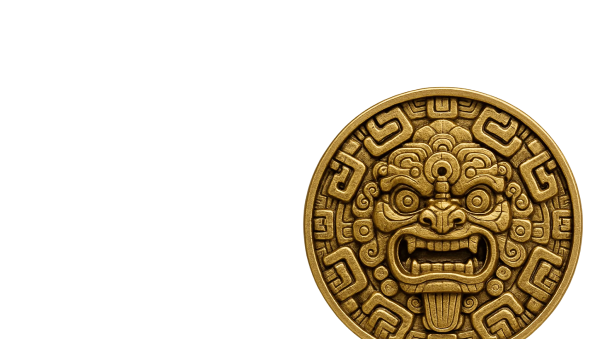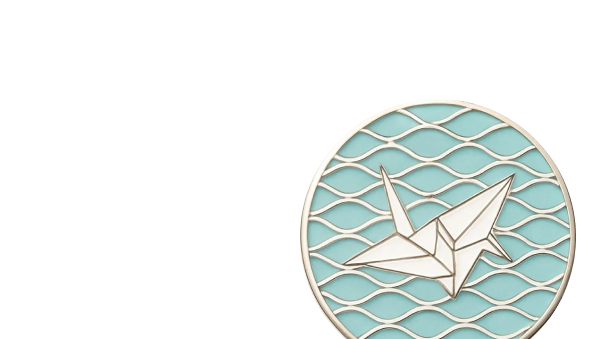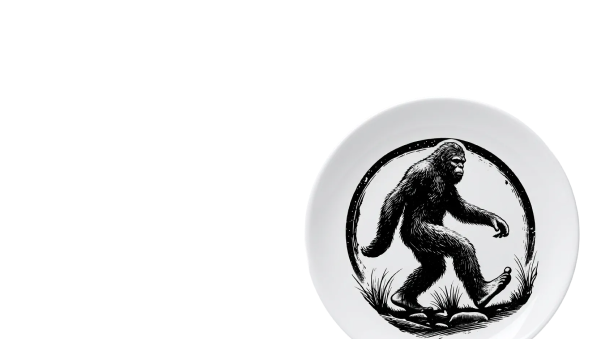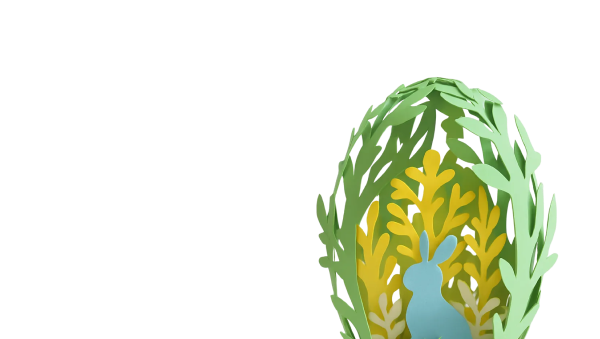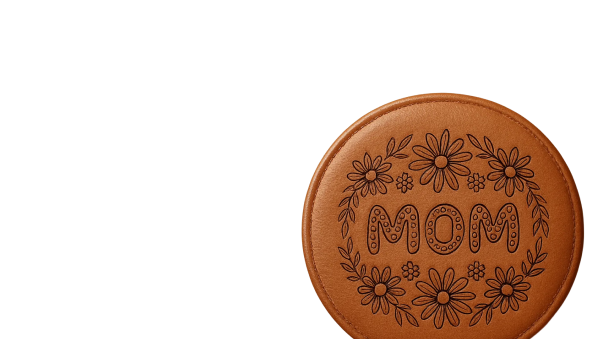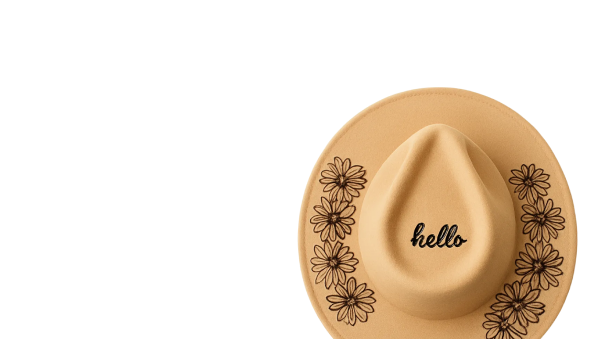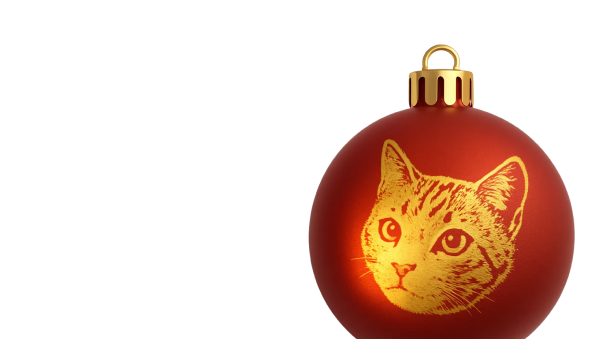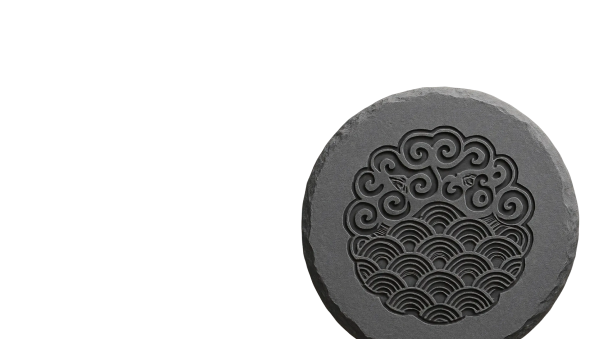![[Laser cut and engrave] Transparent color Christmas ornaments](https://image-res.xtool.com/resource/xtool%2Fcommunity%2Fmaking%2F78e1c54e-dca8-41a5-9334-7f5eda8d05e4%2FIMG_5802.jpeg?x-oss-process=image/resize,w_1200,h_900,limit_0/interlace,1/format,webp/auto-orient,1)
Transparent color Christmas ornaments

Information
I've been eager to make some Christmas ornaments with my M1, and from all the great ideas I've seen posted so far, I should have started earlier! I created these using thin basswood and colored PVC sheets. I wanted something that showed off laser-cut shapes while still adding some color to a tree. This is a project that took more work post-processing than the actual engraving or design phases. And with the small, thin material I chose, it's pretty delicate work! But I think the end result was worth the effort.
Instruction
Step1: Design ornaments
For my first ornament project, I wanted to translate what I'd learned from my window ornament project last fall to Christmas ornaments. The transparent color PVC film xTool includes in some of their material packs works great for a stained glass-like appearance on projects. I also decided to design the ornaments myself, using shapes built into XCS.
Whether you're starting with mine or creating your own, you may want to start by looking at my XCS file. I set out to create two types of ornament designs—outlines that I could overlap and unite with an outer ring and “negative space” cutouts from a solid disc. With the usual maneuvering of combining circles and ovals, I created two basic frames to start from, each with a hanger at the top. I won't get into the mechanics of this process, as it's been described here a few dozen times already. One is solid, and the other is just an outer ring. Choose the starter that will work best for your design.
If you're creating a design that will float inside an outline, you'll need to use one or more shapes that you can overlap with the outline. I started with one of the snowflake shapes from the XCS shapes library. Use the Combine > Unite function to join these elements.
If you're creating a negative space design where you cut out a design from a solid background, choose a shape or design without any separate interior elements. I chose the package shape from the XCS shapes library. For this type of design, ensure your design is at least 3mm within the edge of the ornament.
Each ornament in this project is comprised of three pieces: a front design, a cut-out from a PVC sheet, and a back ring.
For the back of the ornament, duplicate the outline frame and define an inner engraving area to route out a shallow channel. This will hold the cut PVC sheet in place, sandwiched between the front and back pieces.
For the PVC sheets, create a new canvas for blade cutting. Create a circle to fit inside the channel engraving on the back ring. I used the exact width of the engraving area—53mm—for a nice, tight fit. Since I wanted each of my ornaments to have a different color pane, I only needed to create one circular cut element. Your design may call for more.
Step2: Choose material and process
This is the easiest part of the project.
For the front and back pieces, choose your preferred material. To support the delicate feel of the ornaments I was going for, I used 2mm thick basswood plywood sheets I purchased through Amazon.
If you're using my design file, be sure to set all the proper areas to cut or engrave, and be sure the “template” elements on the Laser canvas are set to Ignore.
Secure your material in the machine and auto-measure. Then frame your job and, if everything looks good, Start. If you have air assist, I recommend using it to minimize oils and burn marks on the material. This laser step is a pretty slow process, unfortunately, because XCS doesn't do anything to optimize the engraving of curves. But it moves along much faster once it gets to the cutting steps.
For the inserts, you'll need to use the cutting tool. Do not use the laser to cut PVC plastic sheets. Remember if you're using the honeycomb panel, you'll need to remove that, relocate the base plate back into the engraver, and screw it into place. Place a soft tack mat on the baseplate and insert your PVC sheets. Don't remove any protective film that might be on the PVC sheet. Frame and process.
Step3: Paint the front/back pieces
Depending on the look you're after, you may choose to paint your front and back pieces. I used a satin white spray paint. Use short, light sprays, as the pieces may be so light that even the air blast from the spray can disturb and move them around a bit. I also painted the back of the front pieces so they wouldn't look bare if you viewed the ornament from the back side. You may need a few light coats, depending on the paint and color you're using.
Step4: Assemble with glue
Assemble your pieces with some glue. I use Barely Art craft glue for projects like this. The precision application tip gets in the small spaces with just a tiny stream of glue where it's needed.
For each ornament, start with the back piece, and put a thin line of glue in the corner of the engraved channel. Remove the protective film from each PVC piece and carefully fit it in the engraved channel. It should fit perfectly.
Then apply a thin bead around the outer edge of one side of the front piece. Which side? That depends on which side you want facing forward. Turn it over and carefully apply the glue. Then carefully sandwich the glued side of the top piece against the bottom piece with the PVC insert. Manually align the pieces and ensure they're flush along the edges. Carefully lay them down and place something heavy on them while the glue cures. I used marble coasters and let them dry overnight.
Step5: Add a hanging loop
Once your ornaments are completed, it's time to hang them. I used 1/8" metallic gold ribbon to tie a loop for each ornament. This ended up being harder than I would have expected with my aging eyes!
Now hang and enjoy your creations. These look great on a tree with lights, allowing light through, while casting shadows with some interesting colors and shapes.
